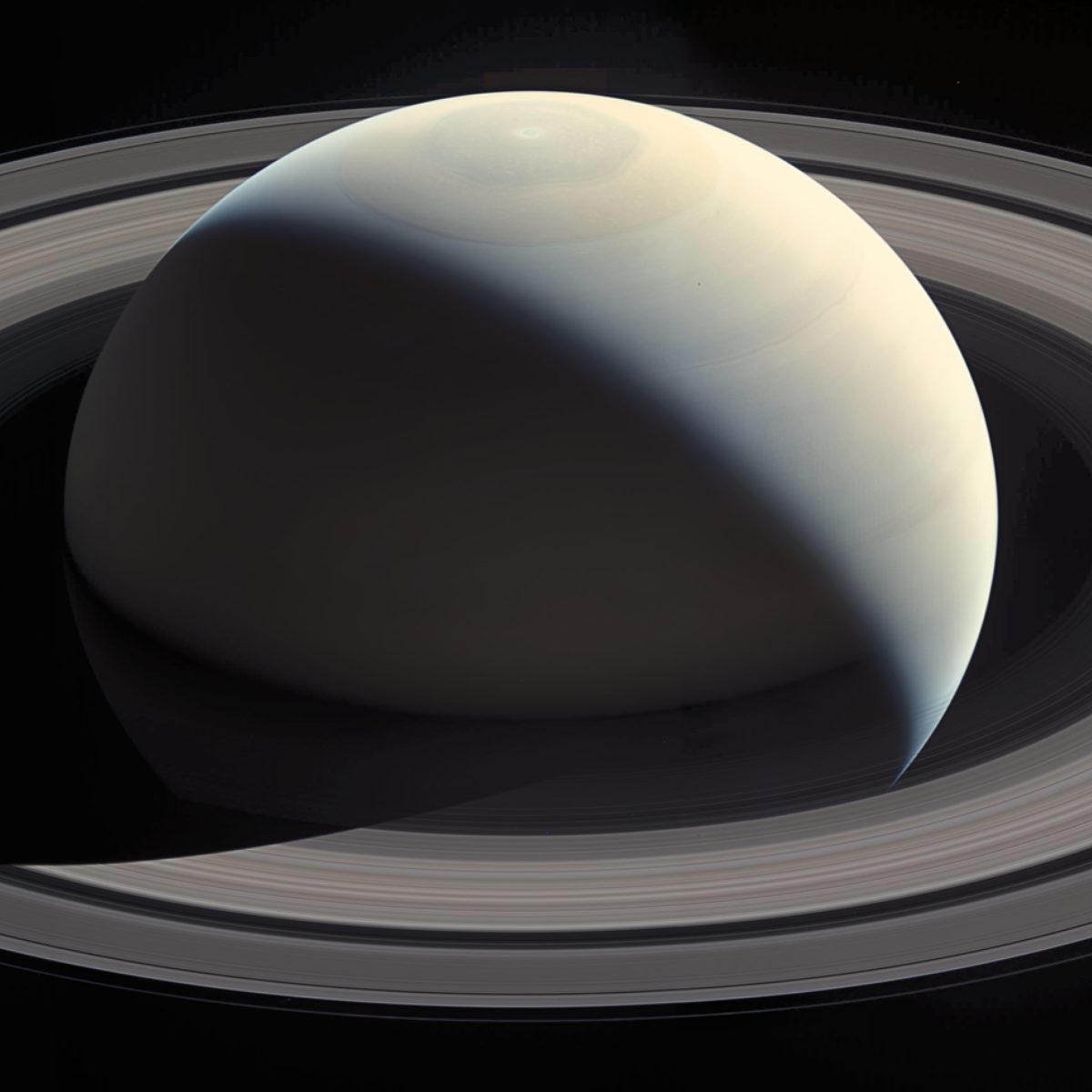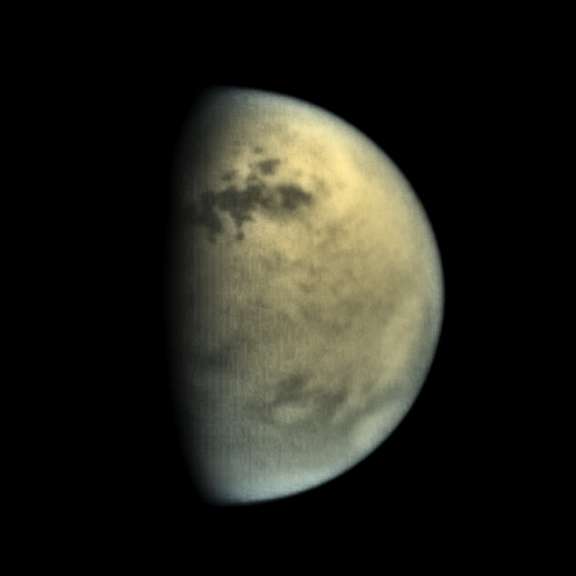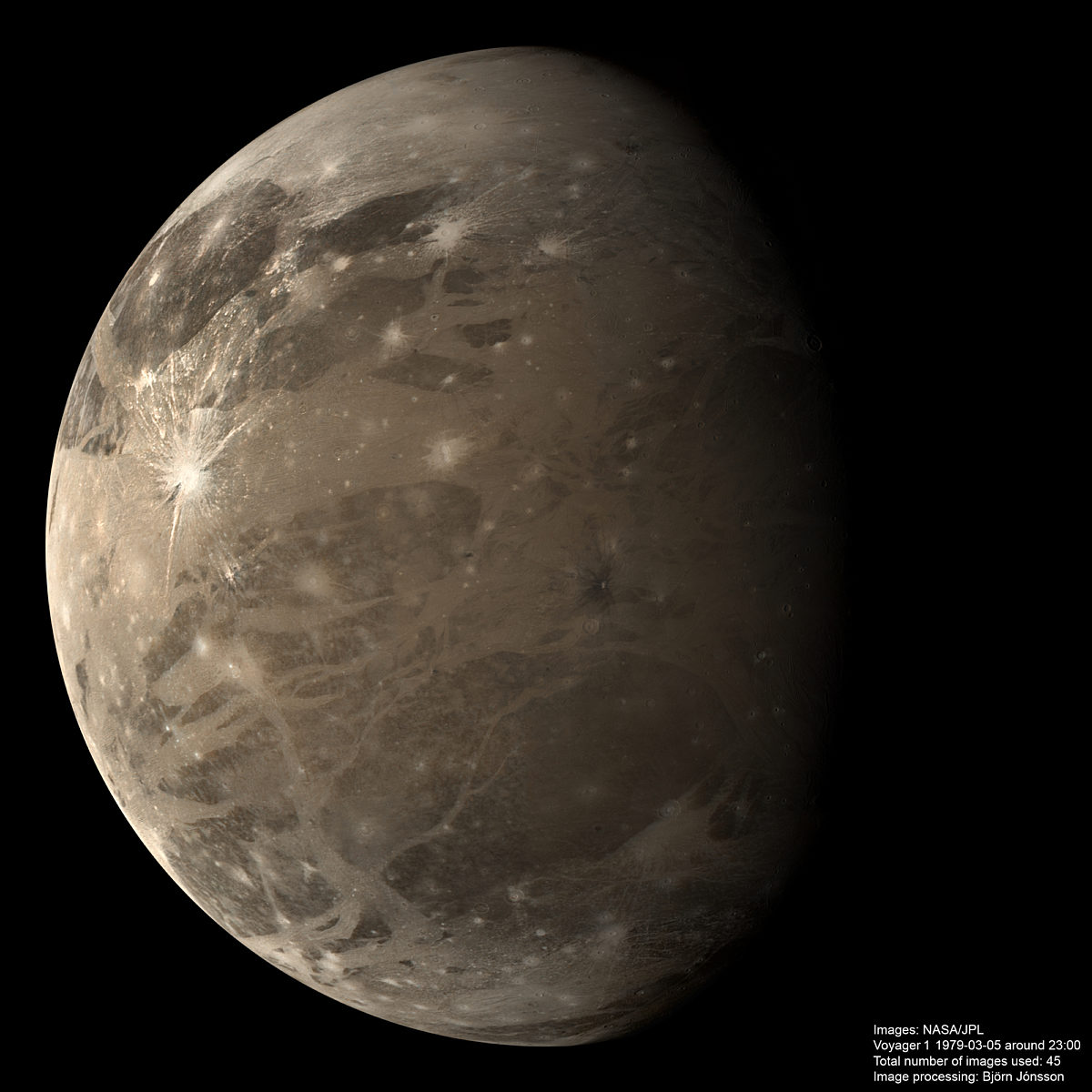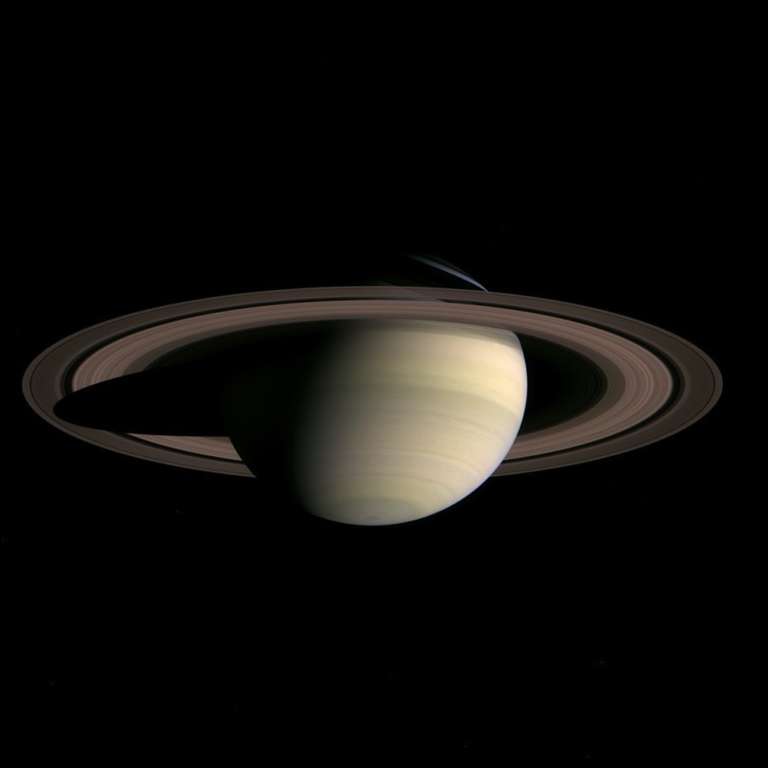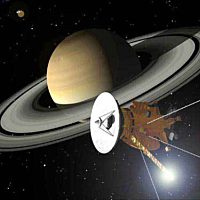All
All
Stories, updates, insights, and original analysis from The Planetary Society.
Did Voyager 1 capture an image of Enceladus' plumes erupting?
Amateur image processor Ted Stryk revisited Voyager 1 data of Enceladus and came across a surprise.
Explorer of Enceladus and Titan
For the third time in less than a decade, scientists have proposed a multiple-flyby mission to explore the habitability of Saturn’s ocean moons Titan and Enceladus.
Amazing photos of tiny moons as Cassini orbits among the rings
Behold: Daphnis, the tiny, 8-kilometer moon that orbits within a ring gap, gently tugging on the edges of the gap to create delicate scallops.
Saturn's Ring Particles
Artist and astrophotographer Judy Schmidt brings us a view from within the rings of Saturn.
A week in the solar system
A roundup of pretty pictures and news from our robotic ambassadors around the solar system, from November 4 through 8.
Serene Saturn (or the “Glutton for Punishment” mosaic)
A week ago Saturday I decided -- against my better judgment -- to tackle this monster of a mosaic. I call it the
Cassini's camera views of Titan's polar lakes in summer, processed into pseudocolor
Titan's north polar lakes are well-lit by summer sun in these recent Cassini images. Image processing enthusiast Ian Regan shares his recipe for processing the longer-wavelength Titan images into visually pleasing
Oppositions, conjunctions, seasons, and ring plane crossings of the giant planets
When are the solstices and equinoxes on the giant planets, and when are they best positioned for view from Earth? I ask these questions a lot as I write about Earth photos of giant planets, and I finally decided to gather the answers to those questions in a single post.
Three bright planets: Portraits from the Pyrenees
It's a great time to go outdoors and look at planets. I have three glorious planetary portraits to share today, sent to me by amateur astronomer Jean-Luc Dauvergne.
New work with 35-year-old data: Voyagers at Ganymede and Saturn
The Voyager data set is a gift to Earth that keeps on giving. This week, I've seen three great new images processed from this old data set.
The what-o-sphere? An explainer
Why do we need to slice up atmospheres into classifications like the troposphere, stratosphere, mesosphere, and thermosphere?
Atmospheric Waves Awareness: An Explainer
There are two types of atmospheric waves that are critically important on Earth and other planets: gravity waves and planetary waves.
Fog Detection from the Surface of Titan: New Findings From Old Data
Huygens may have landed on Titan over a decade ago, but a group of researchers from York University were able to make a new and unexpected discovery with this older dataset.
LPSC 2016: Icy Satellite Science
This year’s Lunar and Planetary Science Conference devoted two oral presentation sessions to questions related to icy satellites in our solar system. Jessica Noviello reports back from the conference.
Clouds and haze and dust, oh my!
What types of aerosols do we find in the atmospheres around the Solar System, and why does what we call them—clouds vs. haze vs. dust—matter? Sarah Hörst explains.
Pretty pictures: Cassini views of Titan's poles (with bonus Enceladus)
Image processing enthusiast Ian Regan produced a pretty view of Titan's lake-filled north pole, now visible to Cassini's cameras in the summer sun.
Pretty pictures: Bittersweet goodies from Cassini at Titan, Enceladus, and Telesto
Tomorrow, Cassini will fly by Titan, picking up a gravity assist that will tilt its orbit slightly up and out of the ring plane. That will end what has been a wonderful year of frequent encounters with Saturnian moons.
Capturing the Rhythm of Space: Insights from 47th DPS Meeting
The Division of Planetary Science (DPS) Meeting saw many exciting scientific discussions spanning the range of processes on different planetary bodies, as well as their replication in the laboratory and in models.
Watch the entire Cassini mission image catalog as a movie
If you were to download the entire catalog of photos taken at Saturn to date by Cassini and then animate them like a flipbook, how long would it take to watch them all pass by? The Wall Street Journal's Visual Correspondent Jon Keegan has your answer: nearly four hours.
A Day in the Solar System: 28 October 2015
On October 28th, the Cassini spacecraft flew through the geyser plume of Saturn's moon Enceladus. But Cassini was not the only spacecraft operating in the solar system that day.


 Explore Worlds
Explore Worlds Find Life
Find Life Defend Earth
Defend Earth


 Sun
Sun Mercury
Mercury Venus
Venus Earth
Earth Mars
Mars Jupiter
Jupiter Saturn
Saturn Uranus
Uranus Neptune
Neptune Small Bodies
Small Bodies




